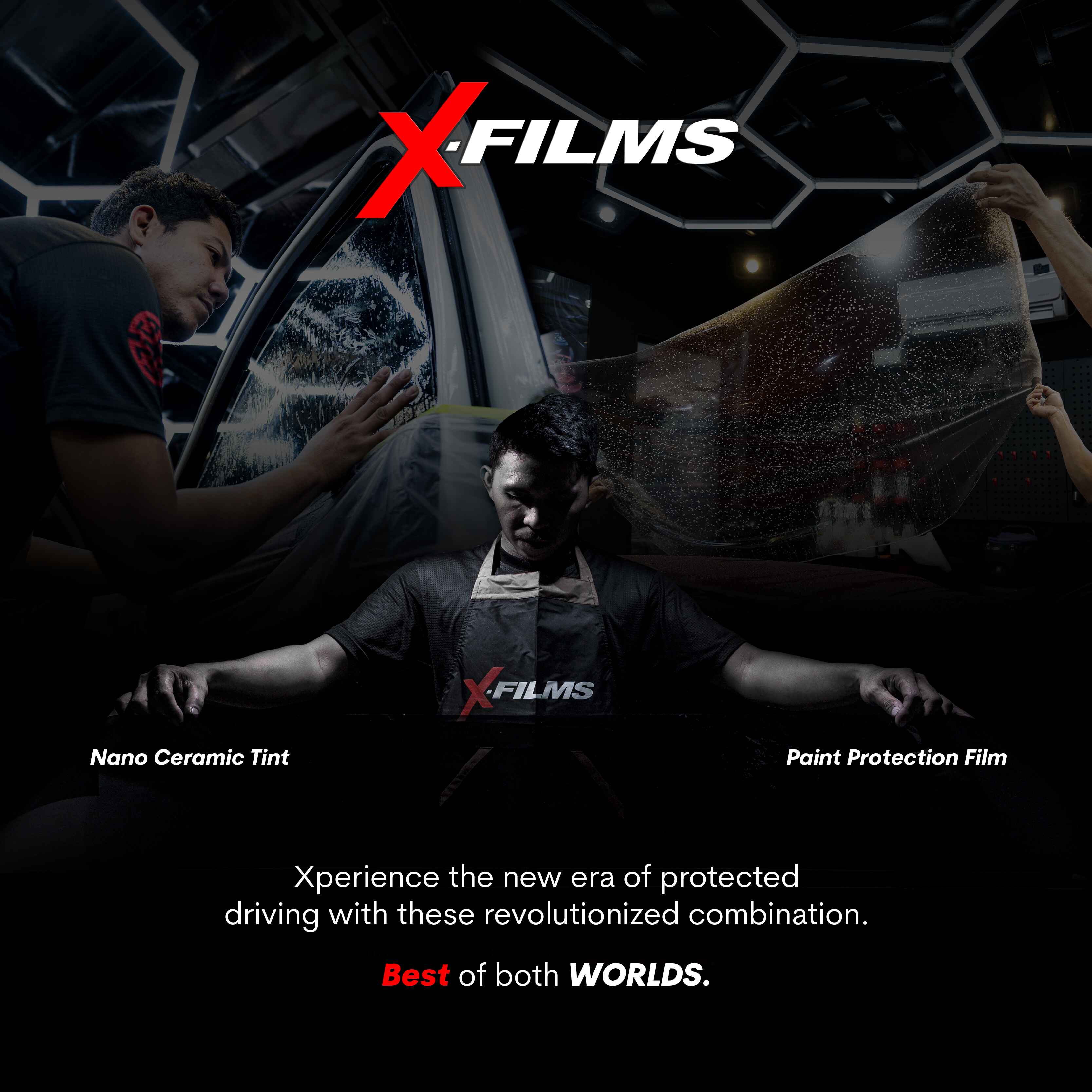We all know how popular Toyota vehicles are around the world. In fact, there is this joke that the Constitution mandates that everyone must own a Toyota at least once in their lifetime. True enough, most everyone you know currently owns or has had one in their garage at one point or another.
But what if we told you that your future Toyota could drive itself? Okay, not necessarily next year, but within a few years. That is, if the Toyota Research Institute (TRI) had its way and successfully comes up with an autonomous vehicle. Founded in 2015, TRI is hard at work testing self-driving technologies in the pursuit of perfecting the technology to make it as safe as possible for occupants and every other road user.
Previewed at the Prius Challenge in Sonoma, California, the Lexus LS600hL test mule will be used to study a wide range of autonomous driving conditions, particularly those in the real world. The vehicle uses machine learning and vision, as well as overlapping LIDAR, camera, and radar sensors to ensure total protection all around.
First seen in 2013 at the Consumer Electronics Show (CES), the Lexus LS600hL is the second-generation autonomous vehicle platform, aptly dubbed 2.0 Generation. It uses a drive-by-wire system and a flexible, plug-and-play platform that makes it easy to upgrade to future tech. It currently hinges on TRI’s two core technologies: Chauffeur and Guardian.
The Chauffeur system refers to the SAE’s Level 5 fully autonomous platform that is always deployed, with the car doing all the driving duties. Guardian, on the other hand, closely monitors all conditions inside and outside the vehicle. It will warn the driver of potential dangers and will step in as needed to avoid such hazards and prevent any accidents.
Toyota has been working on self-drive technologies since 2005. First headquartered in Ann Arbor, Michigan, the Toyota Technical Center has been patenting various systems that aim to come up with a safe autonomous vehicle that will remove the stress of everyday driving. And if all goes well, this technology may soon become as mainstream as Toyota itself.



